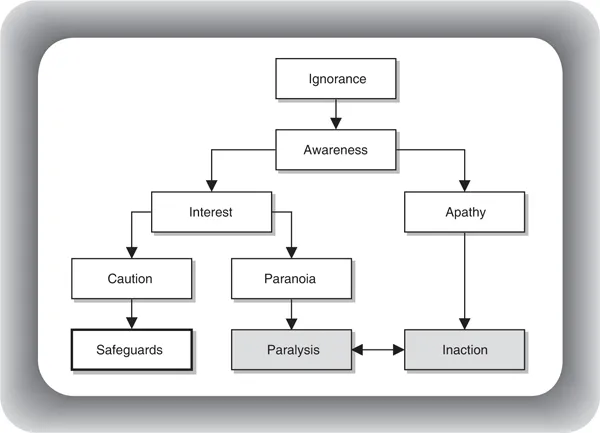
- 402 pages
- English
- ePUB (mobile friendly)
- Available on iOS & Android
Risk Management for Events
About this book
Risk Management for Events is a comprehensive and practical guide that supports academic and professional development programs to prepare individuals for entering or advancement in the international events industry.
Events of all types are produced every day for all manner of purposes, attracting all sorts of people. Creating and managing the environment in which these people will gather carries with it awesome responsibilities — legal, ethical, and financial. To provide a safe and secure setting and to operate in a manner that ensures that the hosting organizations or individuals achieve their objectives in a proper and profitable way, event risk management must be fully integrated into all event plans and throughout the event management process.
This new edition has been revised and updated to include:
- New case studies and examples from a wide range of international destinations and different types of events.
- Updated statistics and data throughout.
- New content on emergent risk, on-site decision-making, terrorism, and public health, including the COVID-19 pandemic, and corruption within events.
- Updated online material, including a case study archive and weblinks to useful resources.
This will be an invaluable resource for all those studying events management.
Frequently asked questions
- Essential is ideal for learners and professionals who enjoy exploring a wide range of subjects. Access the Essential Library with 800,000+ trusted titles and best-sellers across business, personal growth, and the humanities. Includes unlimited reading time and Standard Read Aloud voice.
- Complete: Perfect for advanced learners and researchers needing full, unrestricted access. Unlock 1.4M+ books across hundreds of subjects, including academic and specialized titles. The Complete Plan also includes advanced features like Premium Read Aloud and Research Assistant.
Please note we cannot support devices running on iOS 13 and Android 7 or earlier. Learn more about using the app.
Information
Part
1
Understanding risk management
1
The role of risk management for events
- Understand the nature of risk and the risk factors typical to events such as concerts, meetings, festivals, exhibitions, and other gatherings
- Recognize and relate the goals of risk management to the role and scope of events and its management
- Integrate the scope of risk management throughout the event management process
Introduction
Risk, management, and risk management
- Speculative risk: the possibility of loss and the possibility of gain.
- Absolute risk: the possibility of loss and NO possibility of gain.

| What is at risk? | What are the risks? |
| • People • Property • Finances • Systems • Environment • Image | • Bodily injury or death • Property loss or damage • Reduced revenue • Reduced capacity or capability • Resource availability • Increased demand • Loss of goodwill or reputation |
The risk factors typical to events
| Activities | • Hazardous activities and attractions • Food safety and alcohol service • Program, performers, participants |
| Audience | • Audience demographics, history, conflicting segments • Crowd size and density • Crowd behavior |
| Communications | • Untried or insufficient communications • Lack of command center and control • Insufficient equipment and signage |
| Compliance | • Regulatory permits, licenses, approvals • Unauthorized, unsanctioned, illegal activity • Inadequate cooperation with authorities |
| Emergency planning | • Inadequate crisis management plans • Lack of emergency response coordination • Deficient disaster contingency plans |
| Environment | • Atmospheric conditions, weather dependency • Terrain, flora, fauna • Vicinity and proximity to hazards |
| Event planning | • Inexperienced, inadequate, or incompetent management • Oblivious to external conditions • Lack of policies and procedures |
| Event type and purpose | • First-time, one-time, or controversial events • Lack of admittance controls and credentials • Misrepresentative promotion |
| Finances | • Insufficient funding, insufficient insurance • Improper procurement practices • Vulnerable cash handling procedures/areas • Changes in international exchange rates |
| Human resources | • Insufficient staffing • Untrained/inexperienced personnel • Incorrect deployment of personnel |
| Infrastructure | • Inadequate power, technology, utilities • Improper sanitation and waste management • Insufficient traffic and parking management |
| Operations | • Occupational health and safety • Installation, operation, close-down logistics • Equipment, décor, special effects |
| Organ... |
Table of contents
- Cover
- Half Title
- Series
- Title
- Copyright
- Contents
- About the authors
- Series preface
- Preface to this edition
- List of figures
- List of tables
- Part 1 Understanding risk management
- Part 2 The scope of risk management
- Part 3 Organizational safeguards
- Part 4 Operational safeguards
- Part 5 Appendices
- Appendix A: Event concept worksheet
- Bibliography
- Index